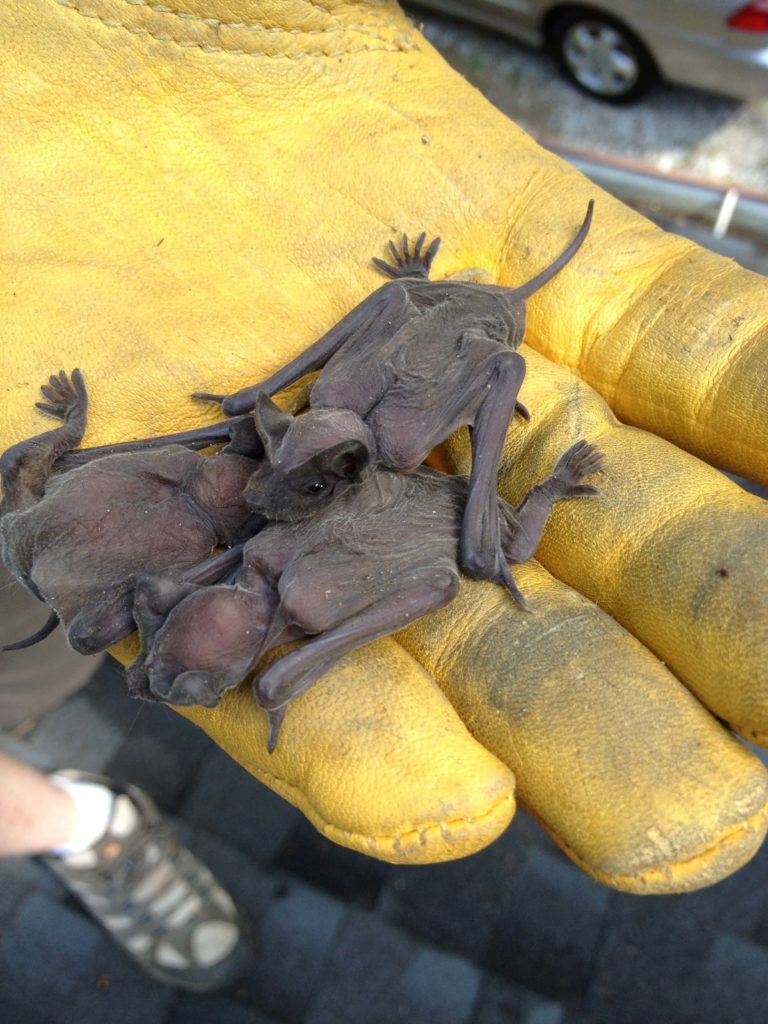Snakes in Your House
May 25, 2016The Benefits of Live Honeybee Removal and Relocation
June 27, 2016Georgia is home to sixteen different species of bat, though many of them have very specific habitat needs, like caves or hollow bottomland trees. There are some species, however, which will live in chimneys, attics, lofts, rafters and other portions of your home or outbuilding. These tiny creatures can fit into holes as small as half an inch wide, and can sneak into crumbling mortar in bricks, poor-fitting construction, unscreened soffits and other small gaps in the home.
Most of the bat populations in Georgia are considered threatened. They have faced population declines due to pesticides, lack of sufficient habitat, and most recently white-nose syndrome. Because of this, removal and exclusion are the recommended protocol in order to keep valuable populations alive. Removal with a check valve without a complete exclusion to all the vulnerable areas on the home doesn’t work, as bats will spend countless hours searching over your home attempting to regain entry into your attic or chimney. Removal should not be done, however, between the first of May and late August in Georgia because this is maternity season.
Bats are mammals, and like all mammals, they nurse their young. This means that female bats will leave their babies in your home or attic while they forage for food, and then return to feed the babies. To do exclusion during this season is a death sentence for these babies, and will also make your exclusion less likely to be successful. Frantic mother bats looking for a way to return to their children will work hard to find new ways into your home. Either way is bad for the bats and a borderline illegal practice due to the low numbers of this threatened animal population.
It is important to note that though some will advertise illegal fumigation, unreliable repellents or ineffective ultrasonic deterrents for bats, they are most likely to be unsuccessful, and using any type of pesticide or chemical on bats is illegal. Also, repellents must be used at a level toxic to you and your children to have any effect. Doing exclusion at the proper time is much more successful for long-term control. You may want to consider adding bat boxes to your local trees as a part of this exclusion, as it gives them a preferred alternative to your home. Keeping them close will also mean that your mosquito, gnat, Japanese beetle, no-see-um and other insect populations remain drastically lower than if you eliminate them from your neighborhood completely.

